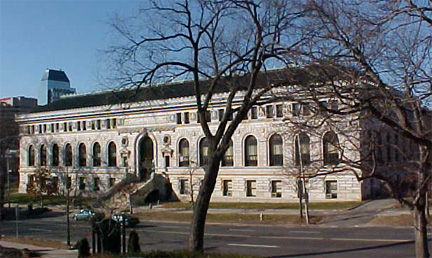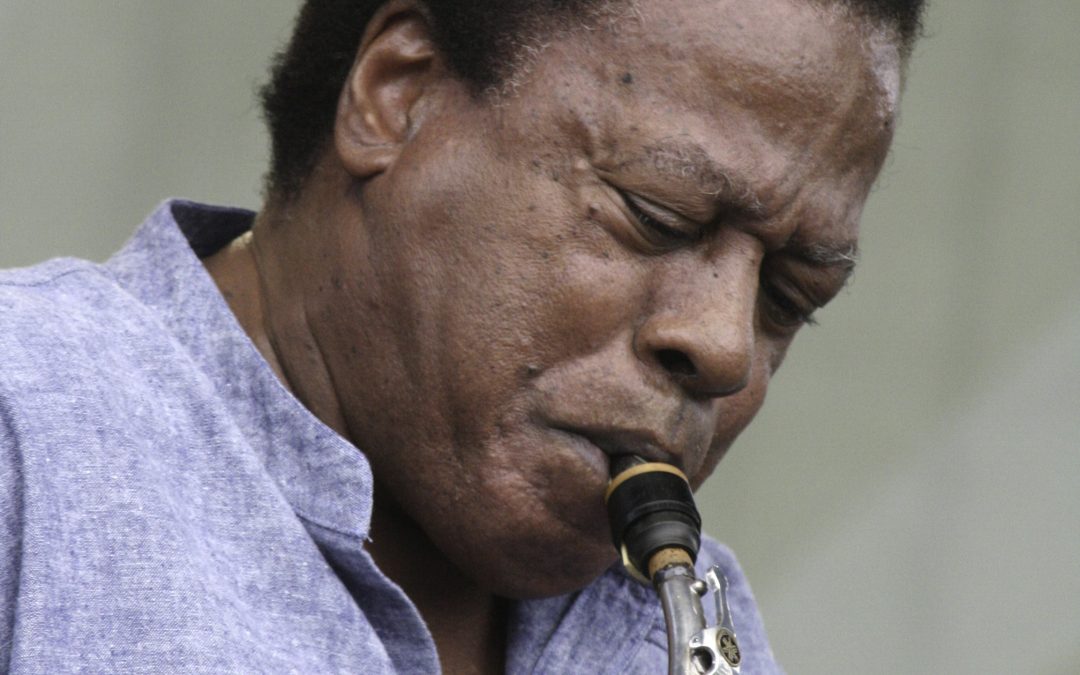Hey America, Tear Down This Wall
Used by permission of artist
Scott M. Graves is Founder of M the Media Project and SMGraves Associates. As contributing writer to M, he writes under the series Politics, Done Local and Democratic Capitalism in addition to Essays from An Artist.
His work at SMGraves Associates focuses on building value in real property by considering the commercial and social ecosystems that play out within our built environments. Community Development that seeks to build pride in place and create economic opportunity for more citizens of our cities and towns.
I have an instructive warning for the rest of the United States and the Americas.
It came to me while reading ‘Confessions of a Recovering Engineer’ by Charles Marohn, P.E. Much of the book uses the city of Springfield, MA as its muse; I live not far from Springfield and am constantly enamored with this river town of high historic value on our list of mill towns of Massachusetts. Our firm, SMGraves Associates is finding ourselves working in Springfield more and more.
The ultimate point the book is making is that our experiment in Suburbia over the last 70+ years is crashing. It’s insolvent and we need to stop designing our environments around the car, at the center of that experiment. Look deeper and Marohn gets to the real point. We’ve hollowed out our cities by design and this has disproportionately hurt the poor. Suburbanization isn’t just financially insolvent. It’s also a matter of class and wealth disparity.

Springfield, MA circa 1960. Interstate 91 being prepared in the left adjacent to the Connecticut River. -Public Domain
The economic disparity between mid-Pioneer Valley; think Amherst/Northampton region and the ‘invisible wall’ between it and the Springfield/Holyoke corridor is an example of the stark economic reality of so many urban/suburban corridors throughout the states. So too, it physically lays out a keen example for us all, an important truth. Noho and Amherst have spent considerable effort in maintaining a walkable, bikable city center.
With the Rte 9 corridor ‘stroad’ between them an exception, a significant amount of economic activity is concentrated in each town center. There is an emphasis through both policy and design on keeping people living and working in town. People walking and biking in town.

Main Branch of Springfield Public Library. State St. ‘stroad’ seen in the foreground. ‘Confessions of a Recovering Engineer’ begins with this site and the 2014 death of 7 year old Dstinay Gonzalez.

Memorial Bridge, Springfield, MA. Another ‘stroad’ emphasizing the automobile above all other modes of transportation.
For Springfield and Holyoke the opposite is true. They aren’t even connected to each other through reliable public transit, an idea whose time has come.
Those transit corridors are taken up by individual commuters, who enter and exit city centers to live in more prosperous suburbs. No priority is given to buses during peak or at any times. There is an increasing schedule to a North/South commuter train corridor and that is a bit of a good sign. So much more will have to occur though to open up that invisible economic wall between the upper valley and greater Springfield.
Academic and private development projects address the needs of private or academic investment without a direct approach to what neighborhoods want. At SMG in the recent past we’ve passed on projects that fell short on meeting the desires of local neighborhoods. Well intentioned for sure, but top-down nonetheless.
Mid-century, we built a highway separating Springfield, a river town, from its river which to some people say cut into the soul of the city. The State St. corridor, the focus of Marohn’s book, is replicated throughout the city.
The message is clear.
Get folks in and out of Springfield as quickly as possible. At least the upwardly mobile. Place this group to all points outside including the vibrant downtown communities to the north along I91.
It should be little wonder why folks find the mid-valley desirable while Springfield and its satellite post-industrial towns continue to struggle.
We know how to do better.
The people who live in those neighborhoods know how to make their cities better. Our economic, municipal and state leadership, along with private sources of development that maintain an intentional and conscientious approach CAN and MUST do better.

The Jazz Room: Photo Essay Short Newport 07.01.22
Newport Jazz Festival Photo Essay An AWHY? Music Feature Courtesy of Joan Watson-JonesFor your July 4th Enjoyment! We've supplied a short Photo Essay from Newport Jazz Festival over the years taken by Vocalist, Composer, Performer, Photographer and The Jazz Room...


Child Laborers in Indian Orchard, MA in 1911.
Also from M the Media Project
Article Series
Podcasts
Video Channels
News Features
Mental Suppository Podcast
On the Rocks Politica
SMG’s ‘Are We Here Yet’?

Interested in advertising with us? Perhaps you want a unique way to support the economic development work we accomplish while getting access to our intelligent and informed listeners? Join our roster of supporters. Click that button below to find out more.









